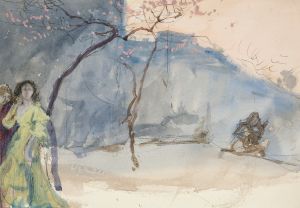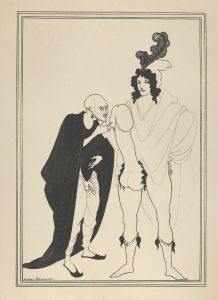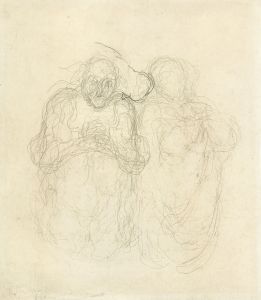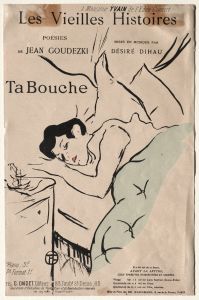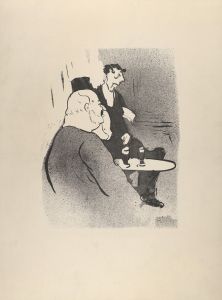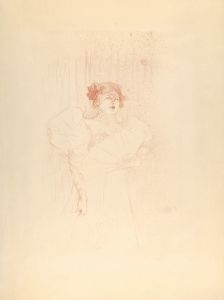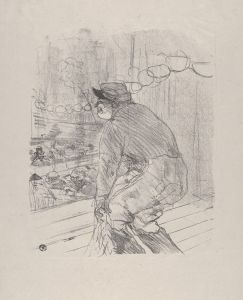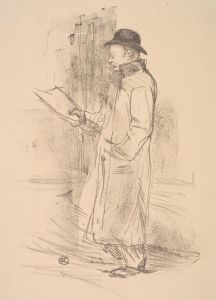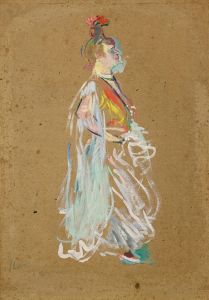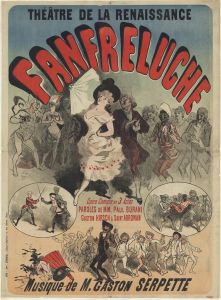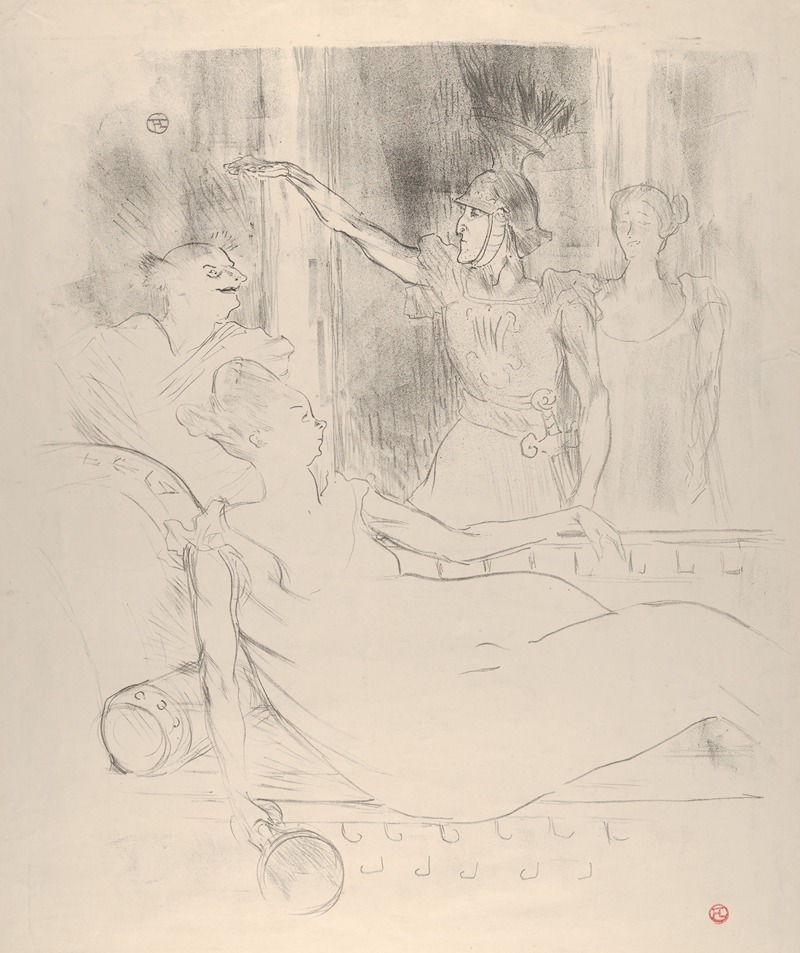
A Scene from Offenbach’s La Belle Hélène
A hand-painted replica of Henri de Toulouse-Lautrec’s masterpiece A Scene from Offenbach’s La Belle Hélène, meticulously crafted by professional artists to capture the true essence of the original. Each piece is created with museum-quality canvas and rare mineral pigments, carefully painted by experienced artists with delicate brushstrokes and rich, layered colors to perfectly recreate the texture of the original artwork. Unlike machine-printed reproductions, this hand-painted version brings the painting to life, infused with the artist’s emotions and skill in every stroke. Whether for personal collection or home decoration, it instantly elevates the artistic atmosphere of any space.
Henri de Toulouse-Lautrec, a prominent French painter and illustrator of the late 19th century, created A Scene from Offenbach’s La Belle Hélène as part of his exploration of theatrical and musical themes. This artwork reflects Toulouse-Lautrec's fascination with the performing arts, particularly the vibrant world of Parisian theater and opera during the Belle Époque period. The painting is inspired by Jacques Offenbach's operetta La Belle Hélène, a satirical and comedic retelling of the story of Helen of Troy, which premiered in Paris in 1864.
Toulouse-Lautrec was known for his ability to capture the energy and atmosphere of live performances, and this work is no exception. The painting depicts a moment from the operetta, showcasing his characteristic style of bold lines, dynamic composition, and expressive use of color. His focus on the performers and their gestures conveys the theatricality and humor of Offenbach's work. Toulouse-Lautrec's interest in the human figure and his keen observation of movement are evident in the way he portrays the characters on stage.
While specific details about the creation date or the exact context of this painting are not widely documented, it is consistent with Toulouse-Lautrec's broader body of work, which often celebrated the cultural life of Paris. He frequently attended and depicted scenes from cabarets, theaters, and operas, capturing both the performers and the audiences with a sense of immediacy and intimacy.
The connection between Toulouse-Lautrec and Offenbach's operetta highlights the interplay between visual art and music during this era. Offenbach's La Belle Hélène was a significant cultural phenomenon, known for its witty critique of contemporary society through the lens of classical mythology. Toulouse-Lautrec's interpretation of a scene from the operetta reflects his engagement with popular culture and his ability to translate the essence of a performance into a visual medium.
Today, A Scene from Offenbach’s La Belle Hélène is recognized as an example of Toulouse-Lautrec's contribution to the documentation of Parisian entertainment culture. It serves as a testament to his artistic legacy and his role in capturing the spirit of the Belle Époque. The painting is held in a private collection, and its details are studied by art historians to better understand Toulouse-Lautrec's approach to theatrical subjects.





